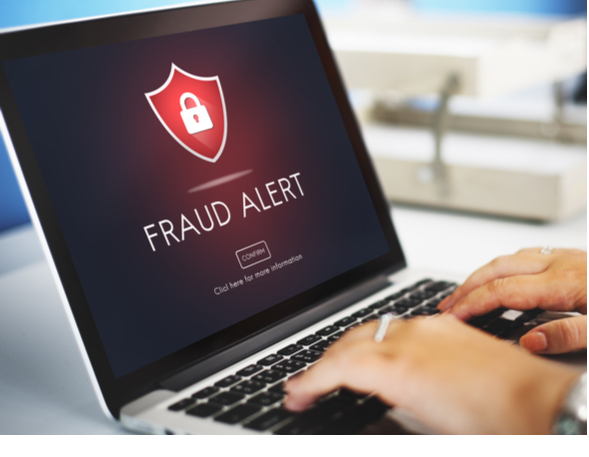When the world went into lockdown, criminals sought to gain financially from the Covid-19 pandemic. In 2020, the number of individuals who fell victim to bank fraud reached 55,900. As indicated by the National Crime Agency, criminals are searching for ways to capitalise from the Covid-19 pandemic due to the increase in people being isolated in their homes and suffering financially. Fraudsters of this kind often use fear as a tool to pressure their victims into making impulsive decisions, so with the concern that arose with the pandemic, scammers used this to their advantage. Such schemes involved targeting those who were looking to buy medical supplies, sending emails offering fake medical support and scamming those who were vulnerable or isolated in their homes.
One of the increasingly used scams is bank transfer fraud, otherwise known as authorised push payment (APP) fraud. According to Which? fraud of this kind rose by 22% in 2020. APP fraud scams involve deceiving an individual into making large bank transfers, but, unknowingly to the victims, these accounts are controlled by the scammer. They may claim to be from your bank claiming you need to move money into a different account or give you false promises of higher rewards should you move your money elsewhere. The sums of money involved are usually very large.
The pandemic has allowed for fraudsters to get creative in devising new schemes to get money. They pose as providers of personal protective equipment (PPE), medical staff, tax officials, or even using the confusion of the government guidelines to their advantage to collect unofficial ‘fines’.
Spotting the signs:
- Your bank will never call you to ask for your PIN or online banking password
- You will never be ordered to withdraw or transfer money to a ‘safe’ account
- A bank would not send an individual to your home to collect cash
Avoiding APP Fraud:
A genuine organisation will never rush you into making a decision about a payment when contacting you. If the caller in question seems to be applying pressure for you to make a decision, question this and take your time when answering questions to assess if you should voluntarily give out any information. Phone your bank directly to speak to someone before making any decisions to check these details – do not rely on emails for these could also be fake. You can always turn an offer down should you feel something isn’t right; a real caller will never make you feel guilty for doing this. If in doubt in any of these cases do not make a payment – instead check with the banking organisation you are with by calling them directly or walking into a branch.
What to do in the event of an APP scam:
- Contact your bank immediately. Tell the bank what happened along with the details of the account your money has been transferred to. Your bank may be able to stop the transaction or recover your money.
- Contact the bank where you sent the money. You can find the account it was sent to by using the Faster Payments sort code checker. They may be able to stop the transaction and allow you to get your money back.
Voluntary Code of Practice for APP Scams:
As of 2019 most banks signed up to a new voluntary code of practice (Authorised Push Payment Scam Code) which allows for banks to provide education to customers about how scammers go about APP fraud to ensure less individuals fall victim to it. If exposed to APP fraud, make a complaint to your bank. If they are a part of the system, a step-by-step process will begin to get your money safely back to you.
Organisations are working on strategies on how to tackle the issues of APP scams. However, understanding the signs yourself may stop you from becoming a victim of a scam and protect your money.
To learn more about how we work, or to discuss the Sekura approach with any of our team, Contact Us.


